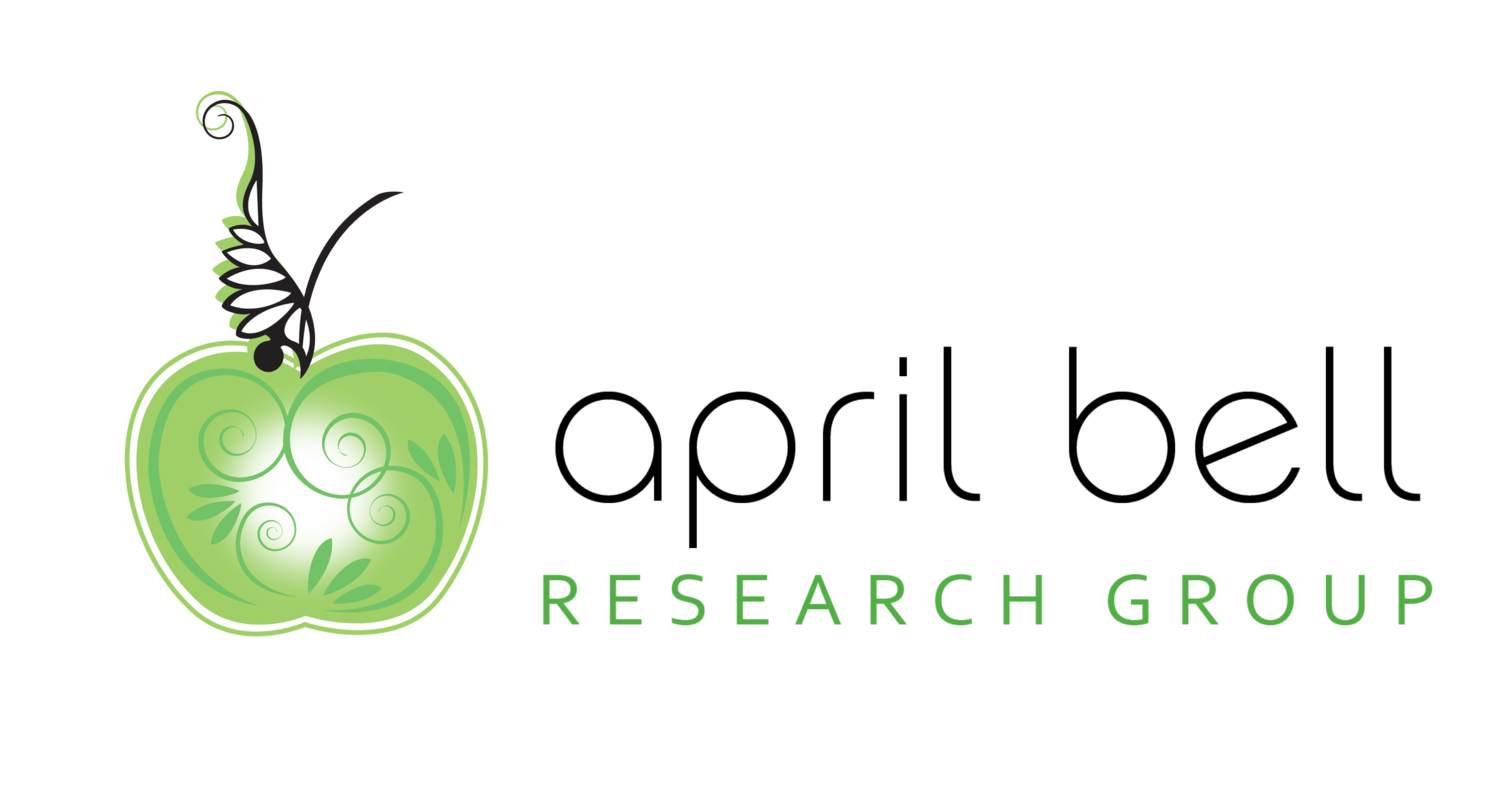We love doing in-context or ethnographic research. It’s so fun to immerse ourselves into a respondent’s environment and learn “what’s really going on” vs. “what respondents say” in a focus group setting. And, yes, video is a great way to effectively capture the interviews – it provides authenticity but also comes with some drawbacks. Regardless of someone’s moderating skills, it’s more awkward for a respondent when you add a video camera to the mix. For the last few years, we rarely take video during our ethnographies due to the “cumbersome nature” of the equipment.
To solve one of these problems, we could enlist the help of our clients. However, walking them through operating a camera is technical and takes away from the ‘in the moment’ learning.
At ABRG, we found a small and mighty answer to this multi-layer dilemma. Insert GoPro Hero 4 Silver! We chose a GoPro because its versatile capabilities allow flexibility for any ethnography or in-context research situation.
- Mounting accessories: we love the Go Pro’s various accessories and bought the suction cup, flex clamp, and hand grip. These make it easier to walk with it or mount it wherever you need to take video – bathroom, kitchen, etc. The clamp accessory especially, is useful doing in-homes because furniture can easily become camera equipment.
- Size: It’s tiny, which is another asset when recording. Because it’s not bulky, respondents don’t notice it when they are being interviewed – it fades into the background.
- Great quality video at close proximity – the video quality on a GoPro is stellar, especially when it’s put on the “narrow” setting.
- Mark-up ability: it is easy to mark up interesting, noteworthy parts of the interview in the moment! This makes sorting through footage later so much less painful!
- Remote control via iPhone app: the GoPro contains a remote feature that allows you to control angle, start/stop, etc. from your iPhone, which is awesome. If needed, the interviewer can both record and conduct interviews without enlisting the help of another team member or client.
All of these features are great but getting up to speed and feeling comfortable with it requires bit of “ramp up”. We believe in creating step-by-step Process Documents to keep us from reinventing the wheel so we put all our knowledge into words in the format of a laminated Process Document containing the ins-and-outs of “how to use a GoPro.” To easily access this guide when we are in the field, we made it so that it easily fits inside the GoPro’s case and color-coded it based on topic. Additionally, the GoPro, its parts and mounting accessories are labeled and correspond with the user guide as reference. In conjunction with the process document, we also labeled all of the parts of the GoPro and the different mounting accessories. Wherever the GoPro goes, a user-friendly guide goes with it.
To GoPro or no? That is the question. So far, we’re loving it.



















